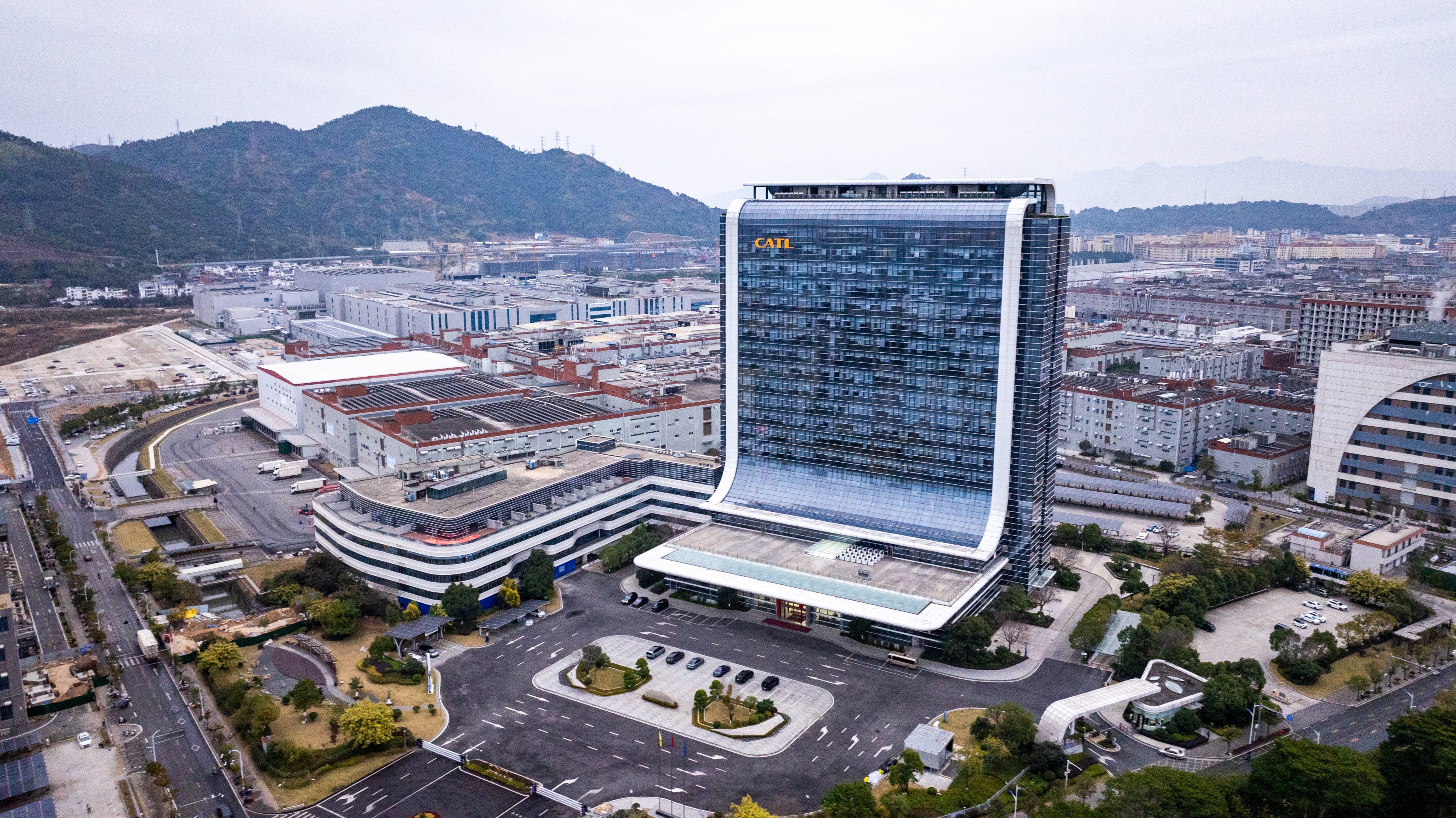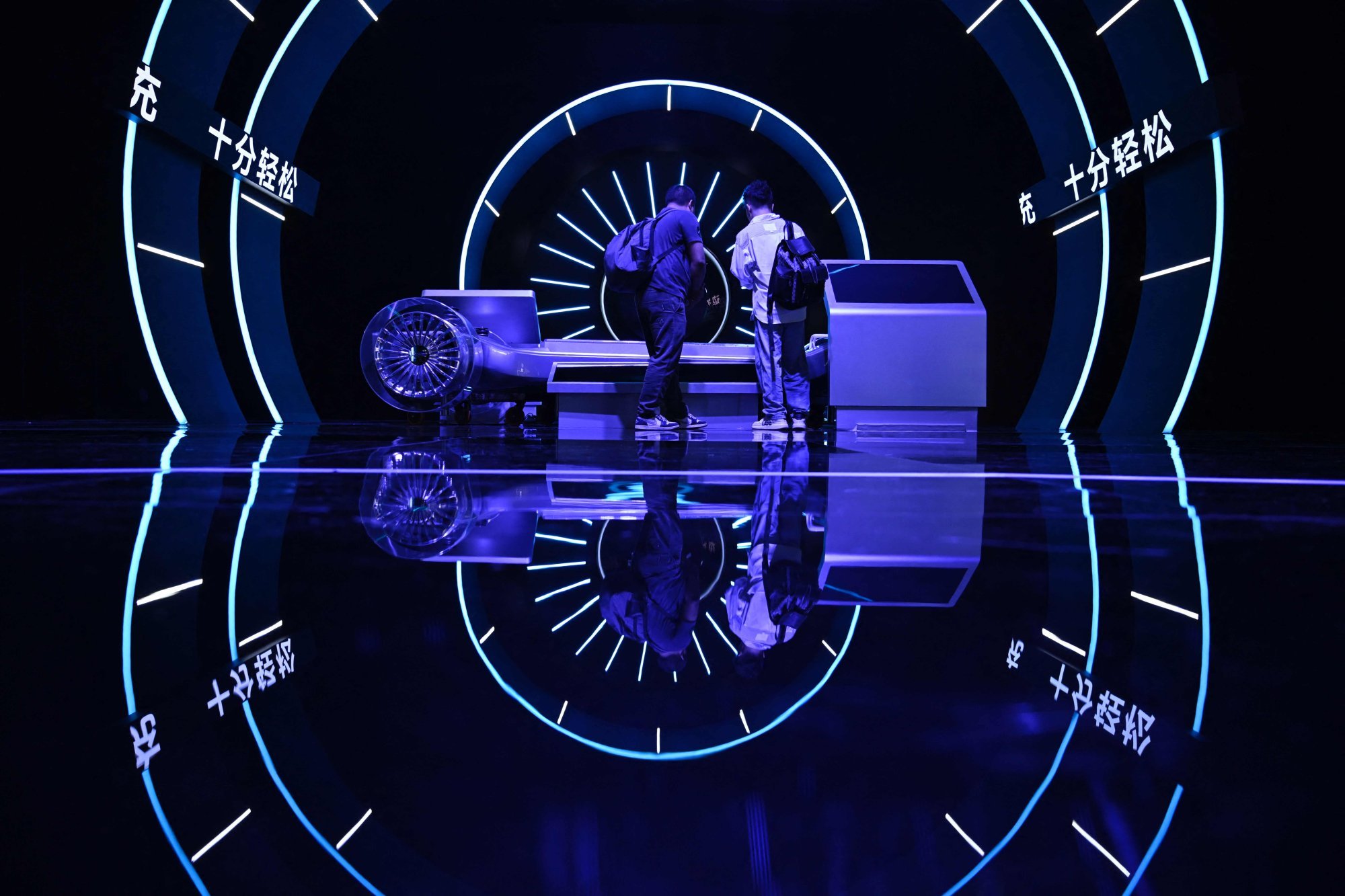In picking Hong Kong over New York, CATL’s IPO was a strategic move
CATL’s geopolitical moves, from spurning Wall Street to partnering Indonesia’s green transition, speak volumes about the future of competition

Chinese battery giant Contemporary Amperex Technology Limited (CATL) has made headlines again – this time for its US$4.6 billion debut on the Hong Kong stock exchange, the world’s largest initial public offering this year. CATL’s shares surged as much as 18 per cent, a signal of both investor confidence and the company’s carefully orchestrated industrial dominance.
Beyond a financial triumph, it was a strategic manoeuvre in a rapidly changing geopolitical and industrial landscape. In opting for Hong Kong, CATL signalled a clear intention: to distance itself from mounting US regulatory pressure while deepening financial ties with more receptive markets across Asia, the Middle East and Europe.
This approach underscores the growing multipolarity of global finance and technology, where innovation and capital flow freely outside traditional Western centres of gravity.
In avoiding Wall Street, CATL is hedging against the uncertainties tied to US-China tensions. With Washington increasing scrutiny over Chinese tech firms, particularly those involved in energy and critical infrastructure, raising capital in New York has become more political than financial. For CATL, it’s not just about raising money – it’s about charting a path of financial independence and resilience in a world of fragmented alliances.
CATL commands 38 per cent of the global electric vehicle battery market, comfortably ahead of rivals BYD and LG Energy Solution. That kind of dominance doesn’t happen by accident. CATL has cultivated long-term relationships with industry titans such as Tesla, BMW and Volkswagen. These aren’t just supply arrangements – they are strategic collaborations that include manufacturing ventures, research and development partnerships, and shared road maps for next-generation battery technologies.
This deep integration gives CATL a unique position within the EV ecosystem. Its clients are not merely customers; they are co-investors in CATL’s future. This translates into greater security of demand, faster deployment of new battery chemistries and an expanding global footprint. In an industry where scale and speed are decisive, CATL checks both boxes, and then some.
Much of the newly raised capital will go towards expanding CATL’s manufacturing in Europe, particularly Hungary. The new facility in Debrecen, which follows a plant in Germany, is designed to meet demand from European carmakers and comply with the increasingly stringent regulations. Crucially, this investment dovetails with Brussels’ push for energy sovereignty through the Green Deal and Net-Zero Industry Act.
In embedding itself in the heart of Europe’s industrial base, CATL is not just exporting batteries – it’s exporting influence.
What sets CATL apart is its aggressive bet on R&D. While some are content to iterate lithium-ion technologies, CATL is investing heavily in sodium-ion batteries, solid-state batteries, even grid-scale storage systems. These technologies promise to unlock greater energy density, faster charging and lower material costs – key hurdles in achieving mass adoption of clean energy.
CATL’s technology bets are not merely speculative. Clearly, the company is preparing for a post-lithium world, where affordability, safety and scalability will determine leadership. It is building the intellectual property and manufacturing infrastructure that will underpin global energy systems for decades.

For the United States and Europe, this should be a wake-up call. While both have launched initiatives to localise battery production – the European Battery Alliance and the US Inflation Reduction Act being key examples – progress remains slow and fragmented.
CATL, by contrast, has built a vertically integrated operation spanning raw materials, production and recycling. This not only brings down costs but also reduces dependence on volatile global supply chains, particularly for critical minerals like cobalt and nickel. And this brings us to Southeast Asia, where CATL has made another bold move.
Last year, CATL’s subsidiary agreed with Indonesia Battery Corporation (IBC) to jointly develop a battery cell plant in Karawang, West Java. With a projected capacity of 15 gigawatt-hours and an initial investment of US$1.18 billion, the plant is expected to start production by 2027. CATL is also involved in a US$6 billion EV battery integration project in Indonesia, encompassing nickel mining, precursor production, battery manufacturing and recycling facilities, particularly in North Maluku.
For Indonesia, this partnership is transformative. As the world’s largest producer of nickel – a key component of EV batteries – Indonesia holds the raw power to influence global supply chains. By welcoming CATL’s capital and technology, Jakarta is fast-tracking its ambition to become a key EV player. The collaboration supports Indonesia’s industrial downstreaming agenda, creates high-value jobs and offers a template for how resource-rich developing countries can leapfrog in clean tech value chains.
For CATL, Indonesia is both a source of strategic minerals and a growing market. Southeast Asia’s population of over 650 million represents an untapped consumer base for affordable EVs and battery-powered motorcycles. Moreover, by embedding itself in Indonesia’s green industrialisation efforts, CATL is securing long-term supply security when resource nationalism is on the rise.
In this broader context, CATL’s IPO is not just a financial story – it is a geopolitical one. It signals a reconfiguration of global energy and industrial alliances. It represents a pivot away from the West-dominated model of innovation and finance towards a more distributed, multi-nodal system where influence flows through infrastructure, technology and strategic investment.
CATL’s moves speak volumes about the future of industrial competition. It is charting a path that merges commercial success with geopolitical calculation – one that Western companies and governments would be wise to study carefully. Because in the race to define the clean energy future, CATL is no longer just a participant. It is writing the rules.